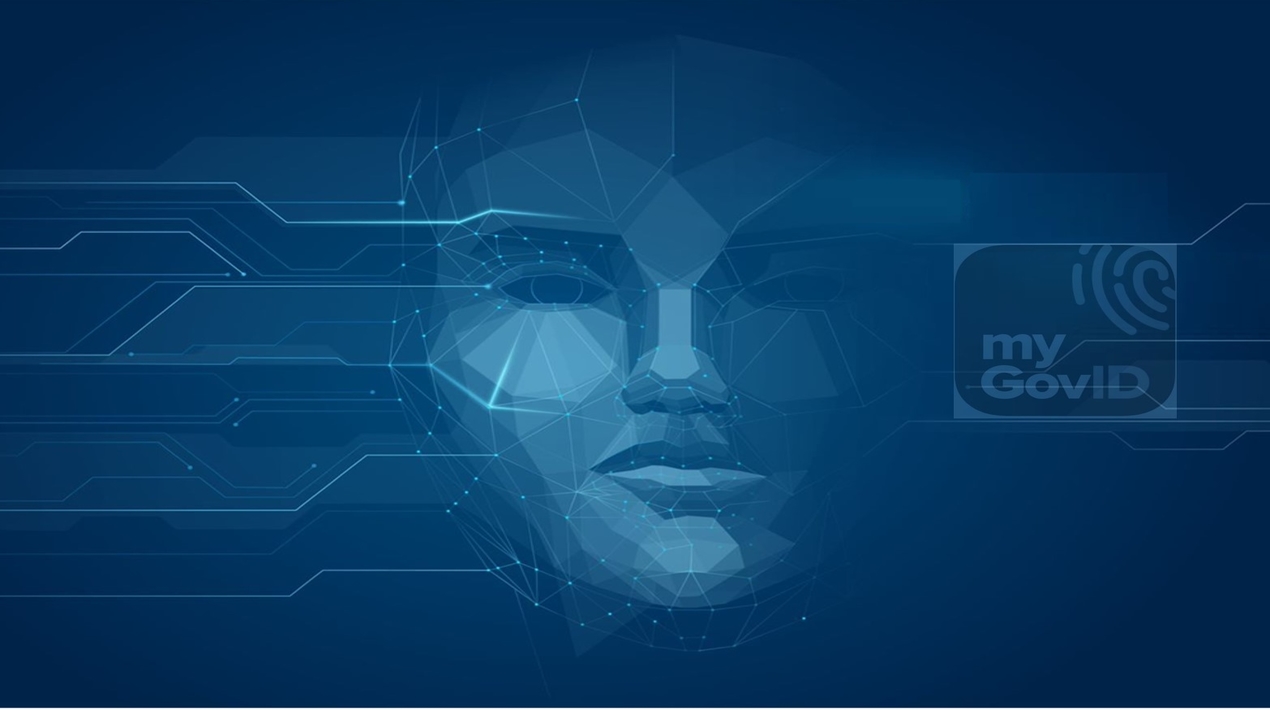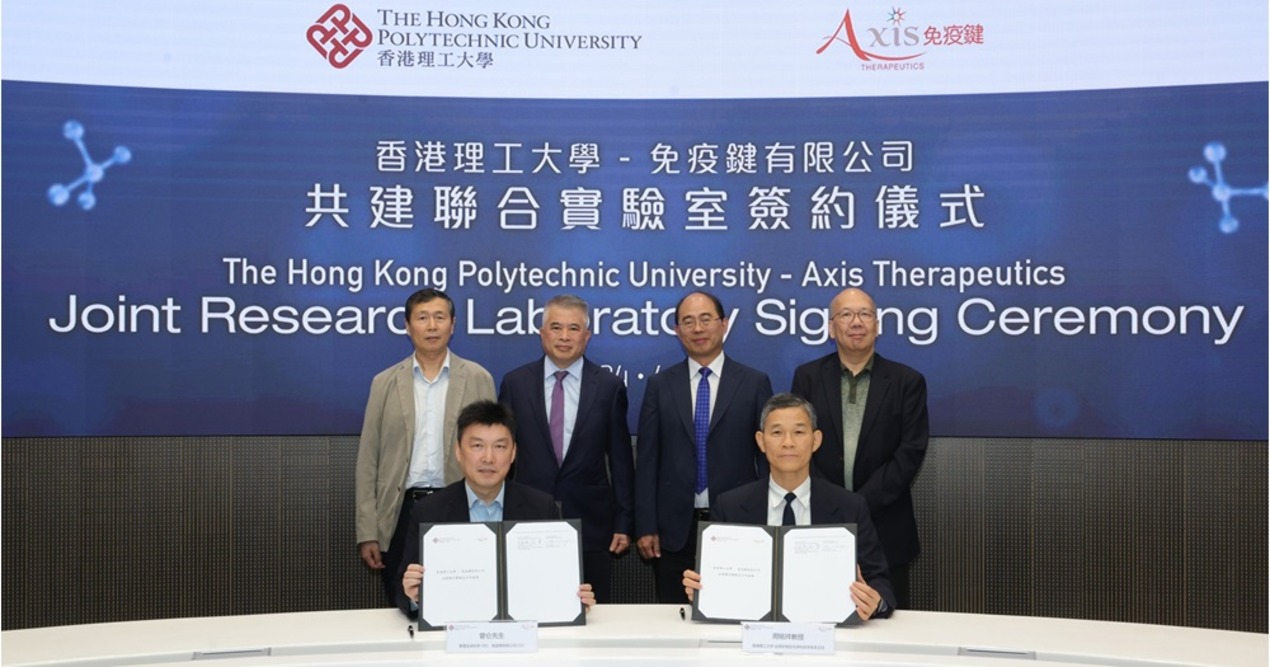
A UK-based biometrics company will provide face-scanning technology for the government’s myGovID program. The technology means users will be able to confirm their myGovID digital identity by scanning their face on a mobile device to access digital government services.
The biometric authentication company announced this week it had been awarded the $11 million, three-year contract to supply its Genuine Presence Assurance technology to the ATO.
An ATO spokesman told reporters that it had started work on testing myGovID ahead of a scheduled release by the middle of this year. He said that the tech firm selected through an open tender based on a value for money assessment, which included consideration of technical, risk and other factors.
The CEO of the biometric authentication company said the technology would prevent digital identity fraud and the company was honoured to be trusted with such an important task.
According to another article, the biometric being selected by the ATO to provide face verification services for myGovID is the latest in a series of examples of governments turning to Genuine Presence Assurance for online identity verification.
Genuine Presence Assurance enables governments, banks and other organisations to verify that a person accessing services remotely is genuinely who they claim to be. It combines the highest levels of security with an effortless experience for the user — essential to delivering inclusivity to citizens who may be unfamiliar with technology.
A remote user wanting to complete a secure process using their mobile device, for example opening a bank account, onboarding to a digital identity program or applying for a driver’s license, is asked to verify their identity with a brief face scan. This process, which lasts a few seconds, uses a sequence of colours to establish that the user is:
- The right person — does this person match the identity in the trusted source
- A real person — is this person a human being and not a photo, a mask or other presentation attack
- Authenticating right now — is this person authenticating themselves right now and is not a digitally injected attack using a video, deep fake or other synthetic media
The user does not need to move or follow instructions. They simply position their face into an oval on the screen and the scan takes place.
By enabling governments to prevent online fraud in this way, the tech company technology means that processes once requiring an in-person appointment with an identity-check done by an official can now be done digitally.
The biometric tech firm’s Genuine Presence Assurance is being used by governments globally to support a wide range of services, from digital identity programs to immigration and health.
The UK Home Office is using the firm’s tech to enable millions of EU citizens living in the UK to apply to the EU Settlement Scheme. The company is also being used by the National Health Service (NHS) in the UK to onboard citizens to their NHS login, which provides access to health records and repeats prescription facilities.
In Singapore, the Government Technology Agency (GovTech) is using the tech to provide face verification services for their national digital identity program, enabling Singapore residents to access 500 digital services via the SingPass app.
In the US, the tech company is helping to facilitate cross-border travel for the US Department of Homeland Security. The solution enables travellers to use their personal devices to report their entry and exit to US Customs and Border Protection without requiring the direct engagement of a CBP Officer in person or online.
Genuine Presence Assurance also maximises user privacy. Face verification is very different to face recognition, where faces are matched to a database without user consent. A user knows that face verification is taking place, they collaborate with it, they see a direct benefit from it and their privacy is protected, using the privacy firewall.
Establishing the genuine presence of an online user has never been more important. Fraudsters can view banks and governments as honeypots, worthy of a concerted effort for impersonation or fake identity creation. In America, for example, benefit programs and stimulus packages have been targeted by fraudsters online, leading to losses of $36bn USD.
With Genuine Presence Assurance, governments have the ability to verify user identity securely and protect against fraud, while offering convenience, inclusivity and privacy to the citizen.
















